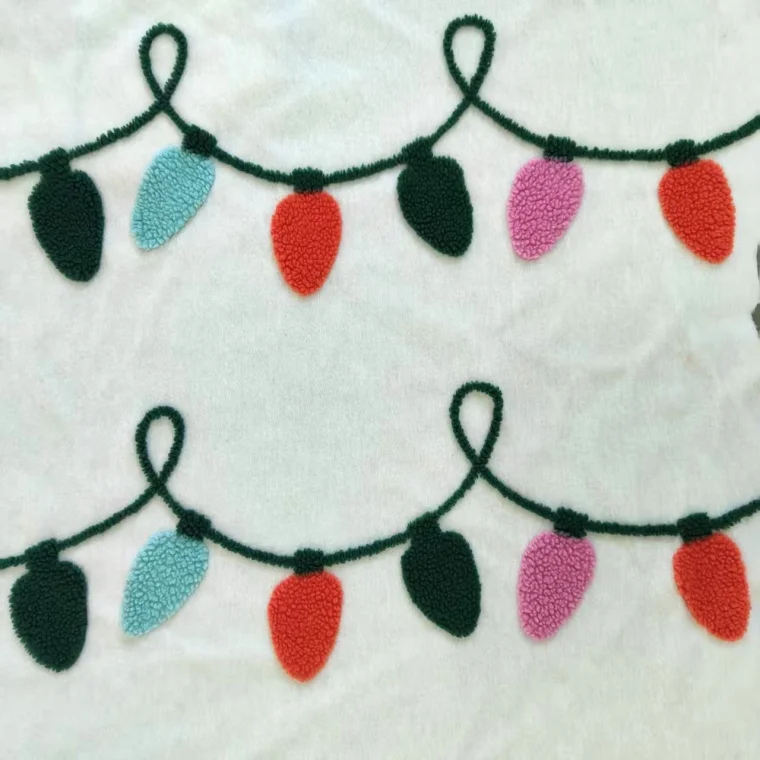Unveiling the Secrets of Comfortable Cotton: A Guide to Choosing the Perfect Fabric
3 min read
When it comes to clothing, comfort is paramount. Among the various fabrics available, cotton stands out as a popular choice due to its breathability, softness, and versatility. However, not all cotton is created equal in terms of comfort. In this article, we will delve into the world of cotton and explore the factors that contribute to its comfort level. Whether you're shopping for a cozy t-shirt or a comfortable bedsheet, understanding the nuances of cotton will help you make informed decisions.
- The Cotton Spectrum:
Cotton comes in different varieties, each with its unique characteristics. The two primary types are organic and conventional cotton. Organic cotton is grown without the use of synthetic pesticides or fertilizers, making it a more sustainable and eco-friendly choice. Conventional cotton, on the other hand, is grown using conventional farming methods. While both types can be comfortable, organic cotton often has a softer feel due to its lack of chemical residues. - Thread Count and Weave:
The thread count and weave of cotton fabric play a crucial role in determining its comfort. Thread count refers to the number of threads per square inch of fabric. A higher thread count generally indicates a smoother and softer texture. However, excessively high thread counts may result in reduced breathability. As for the weave, options like percale and sateen offer different levels of comfort. Percale is a plain weave that provides a crisp and cool feel, while sateen has a satin-like finish with a softer touch. - Cotton Blends and Finishes:
Cotton blends, such as cotton-polyester or cotton-modal, combine the best qualities of different fibers. These blends often enhance the durability, stretch, and wrinkle resistance of cotton while maintaining its comfort. Additionally, certain finishes like enzyme washing or mercerization can enhance the softness and smoothness of cotton fabric, making it more comfortable against the skin. - Considerations for Different Uses:
The comfort requirements for clothing and bedding can vary. For apparel, lightweight and breathable cotton fabrics like jersey or pima cotton are ideal for everyday wear. They allow air circulation and provide a soft touch against the skin. When it comes to bedding, flannel or brushed cotton offers warmth and coziness during colder months, while percale or Egyptian cotton provides a crisp and cool feel for warmer seasons. - Care and Maintenance:
To ensure the longevity and continued comfort of cotton garments, proper care is essential. Follow the care instructions provided by the manufacturer, including washing temperature, drying methods, and ironing recommendations. Avoid using harsh detergents or bleach, as they can degrade the fabric and affect its comfort over time.
Conclusion:
Choosing the right cotton fabric is crucial for achieving optimal comfort in clothing and bedding. By considering factors such as the type of cotton, thread count, weave, blends, finishes, and specific use cases, you can make informed decisions that align with your comfort preferences. Remember, comfort is subjective, so it's essential to understand your personal preferences and prioritize them when selecting cotton products. With this knowledge in hand, you can confidently navigate the world of cotton and enjoy the luxurious comfort it offers.

